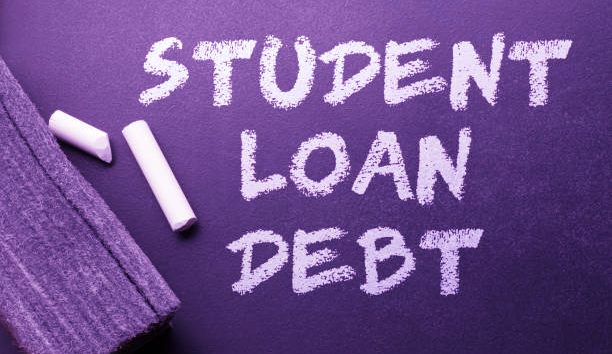As of the second quarter of 2020, some 44 million Americans collectively held over $1.6 Trillion in student debt. The numbers are growing at an alarming rate. The MBA program is more expensive and important than ever before. In fact, the importance attached to an MBA is to some extent to blame for the rising student debt crisis.
This post elaborates on why the MBA programs worsen the student loan crisis. Let’s jump right in!
The Cost of MBA

During the academic year 2015-16, the average business-school debt stood at $66,300. The amount included loans2 for the undergraduate degree and MBA student debt. However, this was for students who choose to study at public universities. For students who choose to attend top tier programs, the average cost for their MBA alone stood at $100,000.
When figuring out how to pay such an exorbitant MBA fee, students may choose fellowships. Others may be lucky to get help from an employer while others borrow from family savings. Unfortunately, not everyone has access to these opportunities. Therefore, the student has the last option, which is taking an education loan. Students who finish school with the average MBA student debt of 66,300 will have to repay $88,328 on the standard 10-year plan, at an interest rate of 6%. That is a monthly payment of roughly $750.
With the high rate of unemployment, the student is likely to default the loan repayments. This would mean a poor credit score locking the student from the opportunity of applying for a mortgage leave alone an auto loan.
The defaulted student loan contributes to the overall student debt crisis. The best way to deal with the student loan crisis is to make MBA programs more affordable. Therefore, the government should consider subsidizing the tuition fee, to make the MBA programs more affordable.
How Student Loan Debt is affecting the Economy

The rising cost of an MBA in the US is forcing more students into borrowing. As the trend keeps growing, analysts project that the economy will be worse affected. This is considering that the state sponsors some of the loans, and so the default would mean that the state would step in to ensure the lenders recover the amounts in full.
Besides, students with high education loan balances focus on repaying the loan, and cannot raise enough capital to start or expand their businesses. This results in fewer employment opportunities, hurting the economy further. If these graduates had fewer student loan debt balances, they would instead focus on expanding their businesses and create employment opportunities. That would help in minimizing the lack of employment and create greater revenues in terms of taxes. These taxes would, in turn, be used to sponsor more students to the top MBA programs.
Conclusion
Unless there is an immediate paradigm shift, the high cost of MBAs will continue fuelling the student debt crisis. The shift has to start with the government providing subsidies to take care of the tuition fee. In addition, the department of education should come up with legislation that controls the cost of MBA in public and private universities.
- Kelsey Gee (2019), M.B.A Students Have billions in Federal Loans, Data Show. The Wall Street Journal
- Mitchell, Ted. 2016. Policy Direction on Federal Student Loan Servicing. U.S. Department of Education

